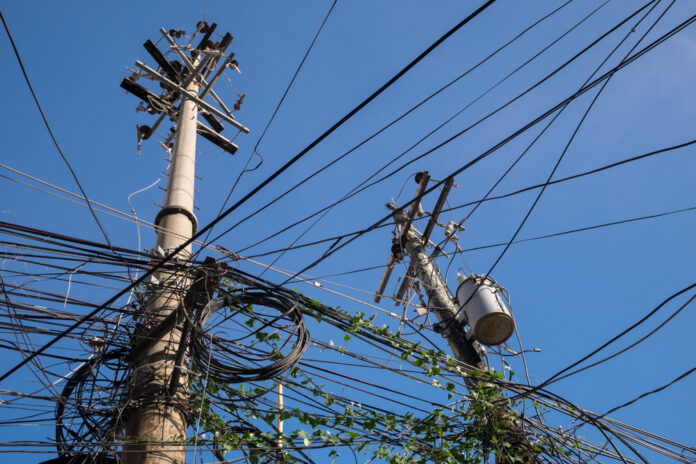Both the Luzon and Visayas grids remain under yellow alert Thursday as 39 power plants were either under forced outage or de-rated in the absence of a total 2,667.3 megawatts worth of power.
The yellow alert was raised over the Luzon grid from 1 p.m. to 11 p.m. as 18 power plants were on forced outage and three more were de-rated. A total 1,969.3 MW were denied the region as a result.
A similar alert was raised in the Visayas grid from 1 p.m. to 10 p.m. as 13 power plant units were on forced outage and five more with de-rated capacities. The region lost 698 MW of power.
According to the National Grid Corporation of the Philippines (NGCP), the available capacity in the Luzon grid totaled only 13,607 MW versus peak demand of 12,874 MW. The available capacity in the Visayas grid total only 2,713 MW against peak demand of 2,523 MW.
The think tank Institute for Climate and Sustainable Cities (ICSC) warned power supply will continue to be tight in the Luzon grid until May as the El Niño exacts its toll on the availability of power this dry season.
“The recurring issue of power supply deficiency in the country highlights the vulnerability of the current centralized and baseload-reliant grid system. Our country must prioritize flexibility and distributed generation in energy policy-making and planning,” said Pedro Maniego Jr., ICSC senior policy advisor, in a statement.
The consumer group Power for People Coalition (P4P) on Wednesday urged the government to take the transition away from expensive and unreliable fossil fuels seriously in light of the power supply inadequacies.
“These companies are getting mere slaps on the wrist despite being repeat outage offenders while consumers are forced to pay more because distribution utilities like Meralco have to buy from the spot market. The government should do more to hold these companies accountable and quit promoting fossil fuel as a source of electricity,” said Gerry Arances, P4P convenor.
As for the Philippine Independent Power Producers Association (PIPPA), the group said the majority of power plants in the Luzon grid on outage were hydro plants normally on maintenance shutdowns in the hot months when water levels are low.
“The PIPPA member-generators have submitted the reports required in instances of unplanned outage and continue to prioritize efforts in further strengthening the resilience of their generation assets,” the group said.
“However, additional capacities are needed, supported by policies conducive and fair to capital-intensive investments. Towards this end, the current regulatory framework relating to merchant plants, government approvals, price caps and the reserve market may be enhanced to allow economically feasible operations by investors,” PIPPA added.







